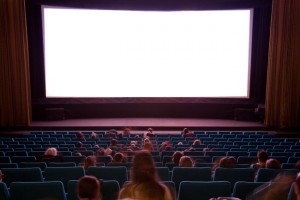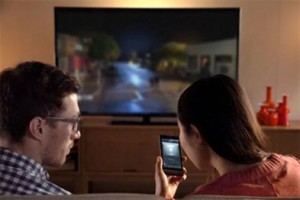I’m having a few questions about this new online movie streaming that Davidson has made available to us students. If you are like me, and are taking a class that includes film viewings, some of your professors may have directed you to the “easy, convenient, on-your-own-time” Swank.
As a person who has personal and academic interests in film studies, I’m a bit frustrated.
Films were meant to be seen on a big screen, in a dark room, and with others. There is joy in seeing how others react to the same images on screen, whether it is a fearful scream or a hearty laugh.
The TV is different – it is on a small screen, in a variety of settings (whether that’s the living room or the bedroom), and acknowledges these features. TV shows are aware that they may not have the full attention of their audience, who may be cooking or texting or conversing while watching the show. To accommodate, they focus more on the audio of the show than the visual elements, which is the reverse scenario for films in theaters.
With the introduction of Swank, not only is our institution encouraging convenience, but also the destruction of the shared film viewing experience. I am sure that students watching a film on their laptop will be much more distracted than watching it in a room with others (I am guilty of this myself).
To Horst’s points, I definitely see a direct impact in our spatial and personal usages for media in our everyday lives. Although it is convenient to watch a film on my own time (especially when my schedule conflicts with the film screening), what does that say about me as a film scholar? How much am I paying attention to the film if I know that I can watch it repeatedly with the click of a link?
For more readings:
Many of these ideas were inspired by Jason Mittell’s “Comprehension”


